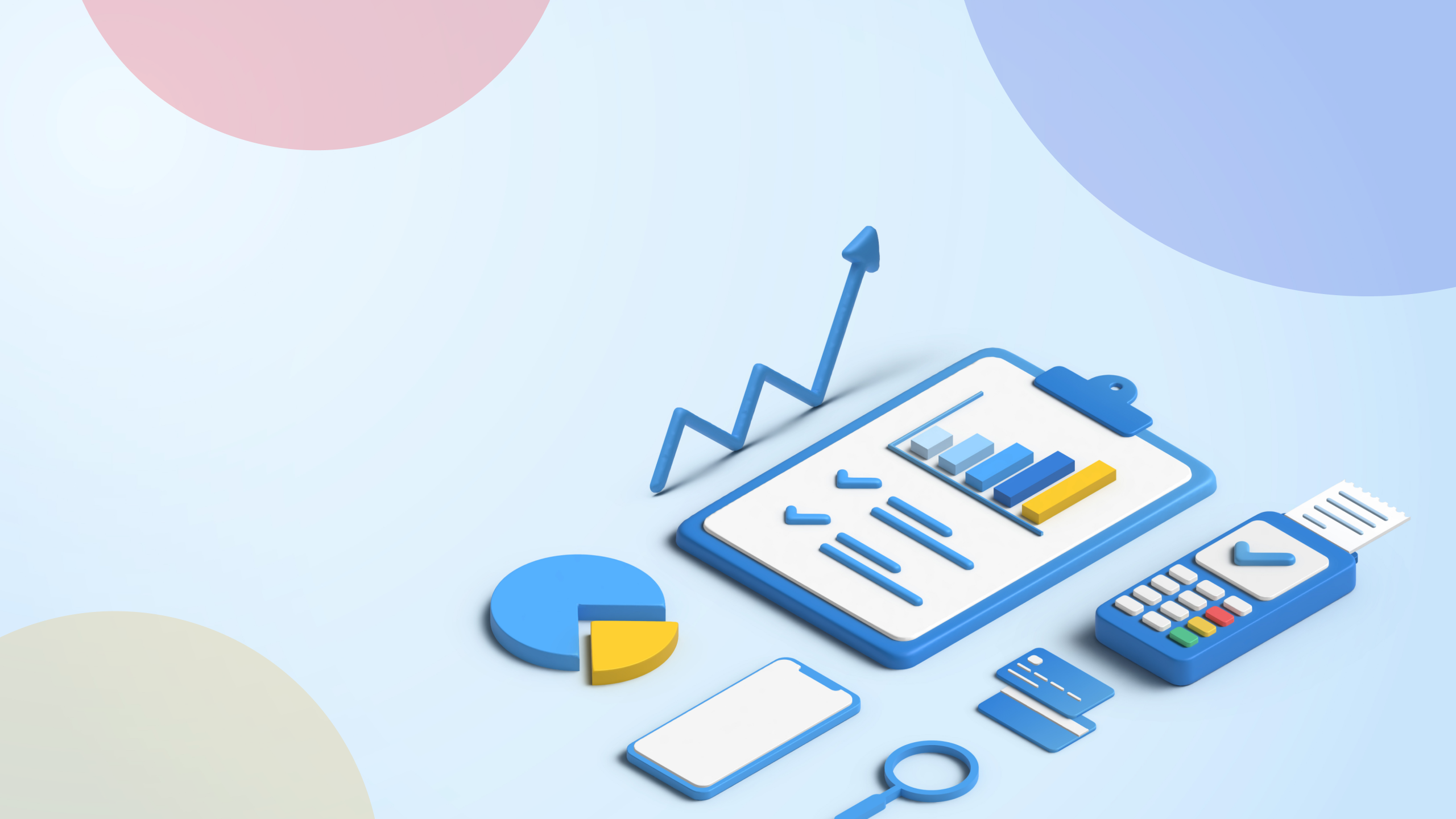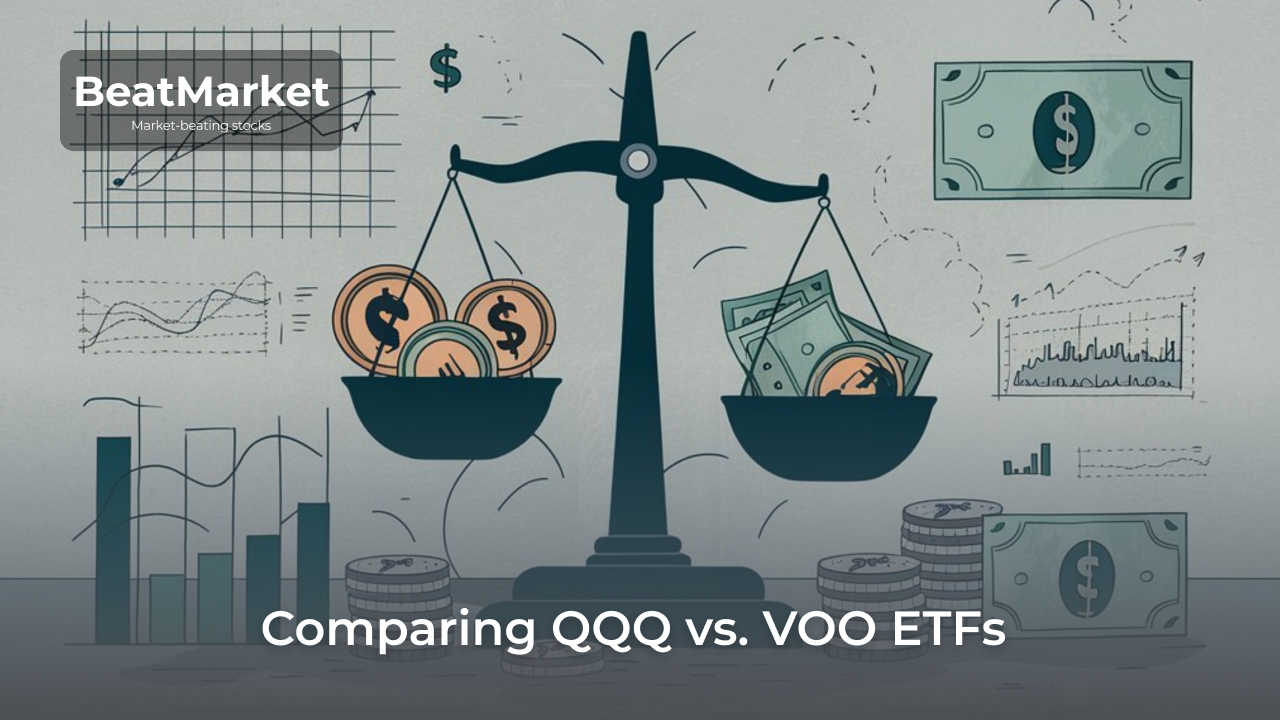Portfolio accounting is a necessity for people with well-diversified capital to receive consolidated statistics on all assets. It is also useful for a beginner to learn the generally accepted accounting principles. Though an Excel worksheet may be enough for you to get complete control over your finances, it is much more convenient to use special portfolio managers for this purpose.
Such programs simplify the processing of information and allow you to make more accurate and quicker investment decisions.
Table of Contents
What are Portfolio Accounting Systems?
Portfolio accounting system is a software that allows you to operate consolidated data on all assets of the investor.
These services are primarily used by portfolio managers. However, their simplified forms are becoming increasingly popular among individual investors.
Portfolio accounting system is meant to give the owner of an investment portfolio an idea of:
- net asset values;
- amount of each component part of the total return (e.g. dividends, coupons, growth in the value of the assets themselves);
- investment distribution by types of instruments, sectors of the economy, etc.
A useful portfolio accounting system allows you to work not only with stocks and bonds, but also with derivative instruments (futures, options), cryptocurrencies, forex instruments, etc..
Automated systems used for portfolio accounting allow you to build balance sheets, profit and loss statements, asset distribution charts, etc. in a matter of seconds.
Why is a portfolio accounting system important?
The majority of investors do need portfolio accounting systems due to the fact that they have a number of independent accounts.
These can be accounts with different portfolio accountants that implement strategies with different investment horizons and risk levels. Also, many use retirement programs either from an employer or on their own.
Alternatively, an investor can diversify his assets by buying shares in several mutual funds directly instead of turning to a personal financial advisor, receiving income from leasing real estate, etc.
While most portfolio accountants and mutual fund managers provide their clients with portfolio accounting, they do so only to the extent of the assets given to them.
It takes a lot of time to manually reconcile the data presented in the multitude of balance sheets sent by portfolio accountants and management companies. And a portfolio accountant includes a bachelor’s degree in finance. In addition, so that a person’s next job is related to portfolio accounting one should be significantly experienced in this field. Portfolio accounting system saves time.
Most services for portfolio accounting allow for the automatic data import of transactions made. Therefore, their use eliminates the risk of human error.
Moreover, the basic investment accounting systems offered by portfolio accountants to their clients do not always represent reality. As an example, they have limited functionality for estimating the dynamics of securities values, etc. Total asset appreciation summaries taken from them may not be valid if an investor frequently buys and sells stocks, constantly deposits and withdraws money.
It is difficult to monitor total capital gains without a unified investment accounting system. The general ledger records all profits and losses made by an investor in each of the available brokerage accounts. The subsidiary ledger contains the details to support the general ledger control account.
It is much more practical to make investment decisions when you have a summary of all assets in front of you. Even the simplest portfolio accounting systems allow you to manage multiple brokerage accounts and alternative assets in one account.
There are more advanced portfolio accounting systems that not only allow you to generate balance sheets for existing investments. They make it possible to:
- take into account the commissions associated with trading on the exchange;
- track tax costs;
- compare investment strategies based on generally accepted accounting principles for securities or add your own criteria;
- keep a list of bonds worth buying in the future;
- predict the cash flows the portfolio will generate;
- calculate profits and losses according to different accounting principles, e.g. FiFo, weighted average, etc.
Thus, one system fully provides all the portfolio accounting and capital growth planning services.
Self-portfolio accounting will also be beneficial to certain investors relying entirely on financial advisors, pension fund managers, etc. Some portfolio managers may provide their clients with information on their assets in the form of quarterly reports and not provide the tools to monitor the amount of capital online and predict its growth.
How do Portfolio Accounting Systems Work?
To proceed with portfolio accounting, the following steps are required:
- Create an account in the selected portfolio accounting system.
- Import data on existing assets on all brokerage accounts (enter the information manually in case the service does not suppose the possibility of automatic import).
- Configure the display system (select the portfolio currency, if multiple currencies are supported by the service, etc.).
- Set up notifications, if any are provided by the selected program.
In accordance with generally accepted accounting principles, minimum thresholds can be set that exclude from portfolio accounting micro positions that have little or no effect on returns.
The CSV or XML data formats are normally used to import data from the portfolio accountant / bank into the portfolio accounting system.
How to pick the right Portfolio Accounting System?
Portfolio accounting programs vary in many ways. These include:
- cost of use ( the same system may have several rates);
- number of asset types (even free services allow you to work not only with stocks, but also with bonds, exchange-traded funds, etc.);
- number of stock exchanges the Portfolio Accounting System receives quotes from (many services provide access not only to the New York Stock Exchange, but also to the world’s trading markets);
- the number of auxiliary functions, such as tax accounting, etc.
Therefore, in order to choose a portfolio accounting system, one should primarily decide on one’s needs.
There is no reason, for example, for an individual who buys stocks only on the New York Stock Exchange to overpay for access to portfolio accounting systems allowing to account for securities listed on other trading markets.
In case an investor is mainly focused on growing companies that do not pay dividends, it will be more profitable for the investor to choose a rate that costs less, but allows to consider only securities without payments from issuers.
It may be advisable to listen to the portfolio accountant’s recommendations on the selection of a program for portfolio accounting.
It is another good idea to give preference to portfolio accounting systems offering a free trial period. This will give you enough time to understand all the features of the system and to make sure that it is really useful and that it makes sense to pay for using it.
Perhaps, for a beginner investor with a small capital, a completely free portfolio accounting system or a set of services available at a minimal rate will be sufficient.
It is essential to remember that any system offers many functions and ways of displaying information. No investor will be able to use it for portfolio accounting without first adjusting it to their needs. Therefore, a good service is one that is easy to work with due to its intuitive interface.
Certain people, when choosing an investment portfolio accounting system, will find it important to have a mobile application that will allow them to monitor their assets even when they are away from a computer.
How are Portfolio Accounting Systems Used in Practice?
Portfolio accounting systems are one of the most valuable tools in personal asset management and in the financial services industry.
Financial Statements for all securities in different accounts can be prepared at any time, the ability to analyze the dynamics of net asset value, to control the distribution of capital across different sectors of the economy and types of investment instruments allows the investor to minimize the time needed for decision-making.
Automated portfolio accounting systems have a standard set of financial statements and allow the user to customize the most convenient display of indicators.
Thanks to the portfolio accounting systems, it is possible to quickly determine:
- which of the strategies used are effective and which ones should be avoided;
- which assets are maximizing returns and which are underperforming;
- what is the ratio of the value of different types of assets and whether it is time to rebalance the portfolio.
The portfolio accounting system helps fund managers not only make better decisions, but also to report on their financial activities to clients.
An Accounting Example
BeatMarket system offers a convenient accounting system for cryptocurrency and securities. It supports more than 70 thousand stocks available on the New York Stock Exchange and 40 other trading platforms.
The user is free to add an unlimited number of assets and keep track of numerous financial statements. For example:
- change in the value of the portfolio per day/week/month/year;
- total and dividend yields;
- distribution by companies and sectors;
- portfolio beta;
- best trade since tracking began;
- lag/trend of portfolio returns relative to the selected benchmark, and many more.
There is also a function to add information about taxes, transaction fees, etc. to the balance sheet.
With portfolio accounting systems, a person can make sure that the investments are working toward the intended goal. To create capital, it is not enough just to buy bonds. It is necessary to make sure that assets show stable growth and consistently generate income.







